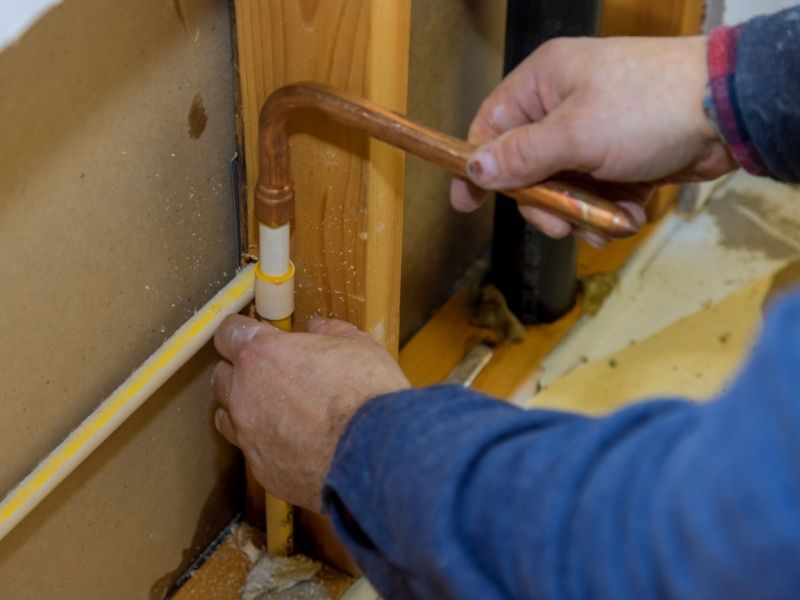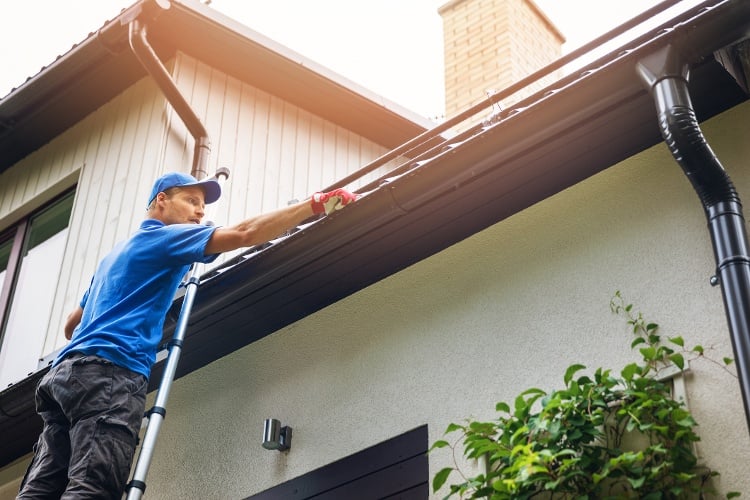Landlord's Guide to Managing Plumbing Issues in Rental Units
What are your ideas regarding Plumbing Maintenance and Repair in your Rental Property?

Taking care of plumbing concerns in rental homes successfully is crucial for preserving lessee satisfaction and protecting the building's value. Whether you're a property owner or a residential property supervisor, knowing how to attend to these usual troubles can conserve you time and money while ensuring conformity with lawful duties. Below's a step-by-step guide on how to deal with plumbing problems in rental residential properties.
Develop Clear Interaction
Urge lessees to report any kind of pipes issues as quickly as they occur. Provide several communication channels such as phone, e-mail, or a tenant portal to make it easy for them to reach out. Motivate responses to these reports can stop small issues from intensifying right into major issues.
Inform Occupants
Educate your tenants about what constitutes a plumbing emergency situation and what does not. Offer guidelines on how to handle small concerns themselves, such as making use of a bettor to unclog a toilet. Also, educate them concerning what they must avoid taking down drains pipes to avoid blockages, such as grease, coffee premises, and non-biodegradable things.
Routine Maintenance
Implement a regular upkeep schedule for all plumbing systems in your service buildings. Normal checks can assist identify and resolve concerns like leakages, sluggish drains, or rusty pipes prior to they end up being major. Consider working with an expert plumbing to inspect the buildings every year or semi-annually.
Quick Reaction to Emergency Situations
Have a plan in position for reacting to plumbing emergency situations. This ought to include having the get in touch with information of trusted plumbing solutions that provide 24/7 emergency situation repair services. Quick action is important to reduce damages in situations like ruptured pipes or serious leakages.
File Every little thing
Maintain detailed documents of all reported plumbing problems and the activities taken to solve them. Documentation must include dates, summaries of the problem, interaction with lessees, and receipts from service providers or plumbings. This details can be essential for insurance claims, tax obligation reductions, and legal security.
Usage Qualified Professionals
Always utilize qualified and insured professionals for considerable pipes repairs and setups. This makes certain that the work is up to code and can assist stay clear of liability issues in case of crashes or further damage. It likewise guarantees tenants that repair work are being managed expertly.
Understand Legal Duties
Understand your legal responsibilities pertaining to pipes and general residential or commercial property maintenance. The majority of jurisdictions require landlords to guarantee their residential properties are habitable and that all plumbing systems remain in good working order. Failure to resolve severe issues promptly can cause legal actions from lessees.
Occupant Reimbursements
If a pipes problem calls for instant attention and the occupant deals with the issue by themselves, have a clear policy in position for repaying prices. Guarantee tenants understand they should acquire prior approval for higher-cost fixings unless it's an absolute emergency situation.
Preventive Upgrades
Think about updating older plumbing systems and components to more contemporary, efficient designs. This can lower the frequency and severity of pipes problems and lower lasting upkeep prices. It's also a selling point for potential lessees that value upgrades and modern-day functions.
Lessee Move-Out Inspections
Conduct thorough pipes checks throughout move-out evaluations to guarantee that any concerns are determined and resolved prior to a brand-new renter moves in. This avoids disputes with brand-new occupants over pre-existing problems and guarantees the property remains in top problem.
Final thought
Handling pipes problems in rental properties calls for an aggressive method and good interaction with tenants. By staying on top of upkeep, responding immediately to emergency situations, and making use of competent specialists, landlords can keep their residential or commercial properties in superb condition and keep good partnerships with tenants.
How to Handle Water Damage in a Rental Property
What is Water Damage?
Water damage is harm or destruction caused by water entering areas where it is not supposed to be. It can be caused by a variety of sources and can manifest in different ways. The most common examples of water damage include:
Leaking roof Plumbing leaks Appliance malfunctions Poor drainage Flooding Sewage backup Condensation Tenant negligence HVAC system issues Frozen pipes Is water damage dangerous?
Water damage itself is not inherently dangerous, but it can lead to various hazards and health risks if not promptly and properly addressed. The severity of these risks depends on the extent of the water damage, the source of the water, and how quickly it is mitigated.
Some potential dangers associated with water damage include structural damage, mold and bacterial growth, electrical hazards, water contamination, and pest infestations. In situations where mold and mildew have gone unaddressed, mold can start to develop within 24-48 hours of water exposure, and this can impose a serious health risk to tenants. In particular, mold spores and damp conditions can lead to respiratory issues and even make existing health problems worse, such as allergies, asthma, or immune disorders.
Water Damage in an Apartment - Who is Responsible?
If the water damage is caused by the tenant’s negligence, the tenant is responsible for the cost of repairs. If the water damage is caused by a defect in the property, the landlord is responsible for the cost of repairs. If the water damage is a result of natural causes, such as excessive rain, then the landlord is responsible, since the water intrusion likely occurred due to a defect in the property. Landlord Responsibility water damage in rental property
Since maintaining habitability is the landlord’s legal responsibility, landlords are responsible for any resulting structural damage caused by water damage. These structural damages may include damage to walls, roofs, ceilings, and flooring. If water damage has affected the rental property’s original structure, the landlord is responsible for repairing or replacing those materials. Therefore, landlords should have property insurance that covers the structural components of their rental property so that they can receive help with the costs of covered events.
Preventative measures can also help landlords avoid massive renovations. Preventative maintenance may include conducting regular inspections to identify and address potential water damage before it becomes a major and urgent problem.
If a landlord fails to meet their responsibilities regarding water damage, it can lead to legal disputes and potential liability. Tenants who believe their landlord is not addressing water damage issues in accordance with California law can seek legal advice or contact local housing authorities for assistance.
https://www.goodlifemgmt.com/blog/water-damage-in-a-rental-property/

As a keen reader about How to Handle Plumbing Issues in Rental Properties, I figured sharing that excerpt was a great idea. Make sure you set aside a second to distribute this write-up if you appreciated it. Thanks a bunch for your time. Come back soon.